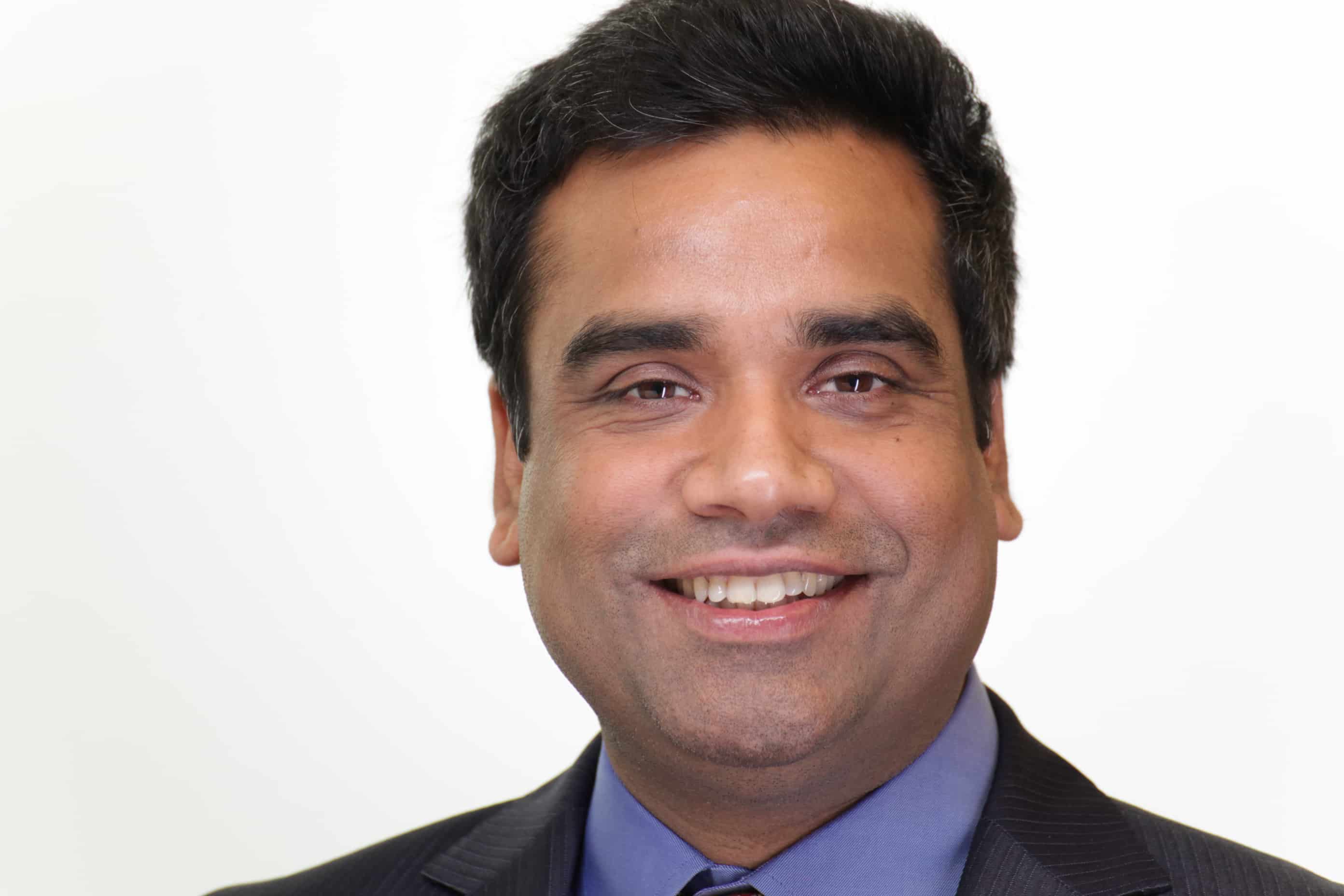At the Design Automation Conference, no one is busier than an EDA company executive — conference panels, product launch briefings, customer meetings, and corporate dinners all place considerable demands on their time. I was fortunate enough to be able to meet with Anirudh Devgan, President of Cadence, at the recent DAC55 in San Francisco. His insights into the challenges and opportunities ahead for the EDA industry were most enlightening. Below is a summary of our brief Q&A discussion.

What big challenges are customers currently facing? How is Cadence positioned to address these challenges?
Anirudh said, “There are three traditional areas that customers continue to emphasize. First is PPA and design productivity. We continue to invest significantly in point tool development, building upon our parallel processing architecture. This applies across the product portfolio. Tool developers are focused on improvements to the quality of results and tool throughput.”
“The second area of emphasis is verticalization. Many customers seek to leverage our vertical design platforms. We provide broad platform support for packaging tools, analog/mixed-signal and custom design, and digital implementation.”
“And, the third area focuses on a system view. There are two axes to chip-package-system (CPS) design. One axis represents the electrical and mechanical analysis requirements of complex product designs. We have established a partnership with MathWorks, to provide unique and differentiating analysis capabilities between MATLAB and Simulink with Cadence AMS and PCB platforms. The other CPS axis relates to system software verification – our Palladium emulation and Protium prototyping platforms provide the requisite system software validation throughput.”

(For more information on the Cadence-MathWorks integration, please follow this link.)
In addition to these three areas, what are other key initiatives underway? There’s lots of buzz here at DAC about machine learning (ML), both the hardware design opportunities for different end markets, and the potential for ML optimizations within EDA platforms.
Anirudh replied, “ML will be the mother of killer apps. The market opportunities are tremendous. Consider that Google and Facebook are essentially ad companies, applying their expertise in search engines to transform a significant share of the $300B Total Addressable Market (TAM) to online advertising. The TAM for the automotive industry alone exceeds $3T, for which there are a multitude of ML applications.”
“In my opinion, there are three main pillars in science – the science of place, the science of pace and the science of pattern, or the 3Ps – which, throughout the years has followed and been enabled by advances in mathematics, physics, and more recently, computing. The science of place evolved from the understanding of the principles of advanced geometry and lasted for centuries. The science of pace is built upon the introduction of differential calculus with the corresponding understanding of dynamic systems. We are entering the onset of the science of pattern. Our ability to identify and learn from information patterns, and then adapt systems accordingly, will have an indelible impact on society. ML will be the enabler for this transition in industrialization.”
How has the resurgence of ML impacted R&D at Cadence?Anirudh highlighted, “We are embedding optimizations within our tools – commonly referred to as ‘ML inside’. For example, we are realizing PPA improvements within our Innovus implementation platform, while maintaining the same user/flow interaction.”
“We are collaborating with customers on ‘ML outside,’ to realize productivity and throughput improvements in their flows.”
What are some of the new ML areas you’re pursuing?
Anirudh said, “The opportunities for ML optimizations in the area of HW/SW co-design and verification are great.”
There’s also lots of buzz at DAC about the availability of cloud-based computing resources for EDA applications. Cadence made a major announcement, identifying multiple available environments – the Cloud Passport model (customer-managed), the Cloud-Hosted Solution (Cadence-managed), and the Palladium Cloud offering. I know we’re about out of time – can you briefly review these cloud opportunities?

Anirudh summarized, “For some time, cloud resources have been a boon to managing the IT infrastructure for many companies who have migrated HR and Finance operations. We knew our investment in a new tool architecture enabling parallel processing and distributed computing would be a great fit for cloud resources. We have collaborated with Amazon, Microsoft, and Google to enable our ecosystem on their cloud platforms.”
“Security is obviously a key concern to customers evaluating a transition of some of their workload to the cloud. We evaluated the security features and partnered with TSMC to conduct extensive security audits, which led to an endorsement in our announcement.”

“We currently have customers who have adopted either the Cadence-managed or customer-managed resources model as well as the Palladium Cloud solution.”
Indeed, the confirmation of foundry support for a cloud model should hopefully alleviate any anxiety about data security. I meant to ask a few more questions about the cloud announcement, such as “How should customers evaluate the costs and ROI of transitioning workload to the cloud?” and“Are customers investigating thecloud-based insurance for risk management?” . But alas, Anirudh had to depart.Our discussion left a strong impression on me, to wit:
- Execution of the EDA computational workload on the cloud is a solved technical/security issue. The transition of a percentage of the overall computational workload – or perhaps to support a “burst” mode demand near tapeout – is an economic decision.
- The dual axes of ongoing PPA and throughput improvements with ‘verticalization’ of HW/SW system design and verification requirements present tremendous opportunities for EDA growth.
and,
- ML may indeed be the “mother of all killer apps.”
To paraphrase a Chinese philosophy, “We are indeed living in exciting times.”
-chipguy
Share this post via:






Comments
There are no comments yet.
You must register or log in to view/post comments.